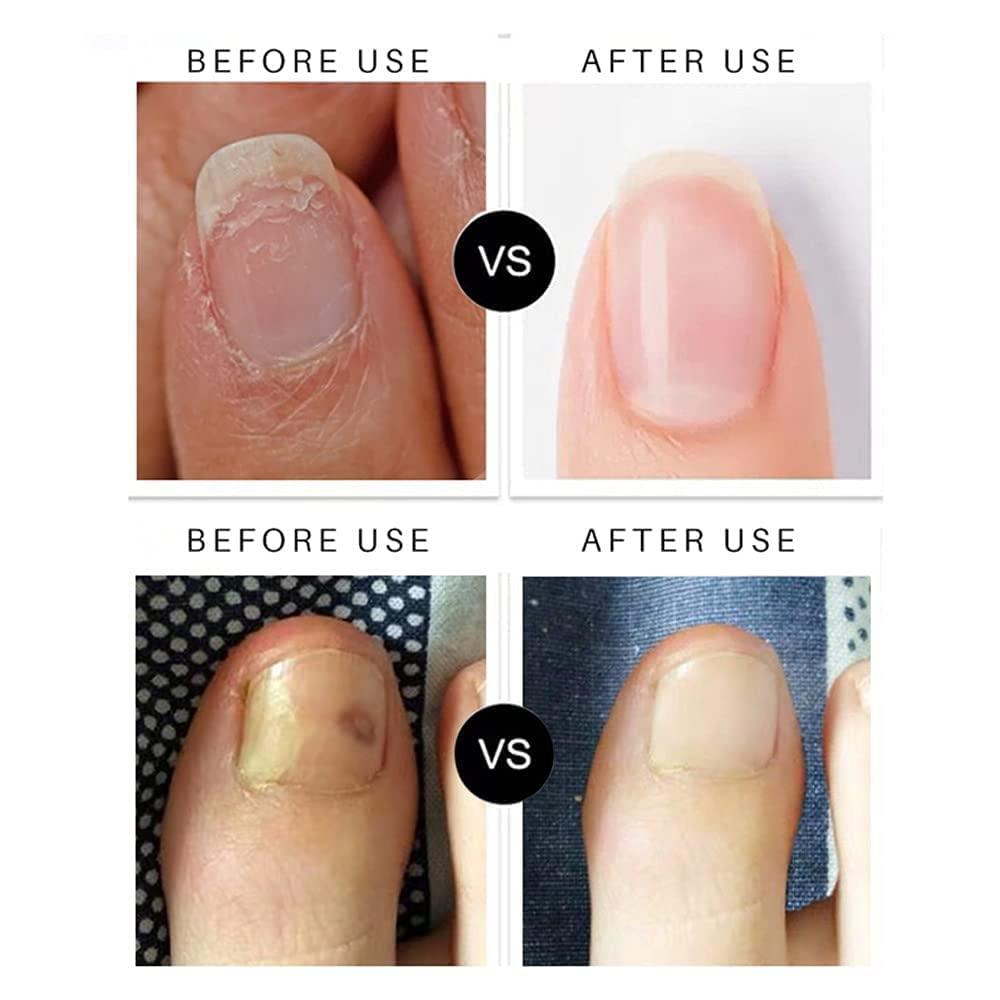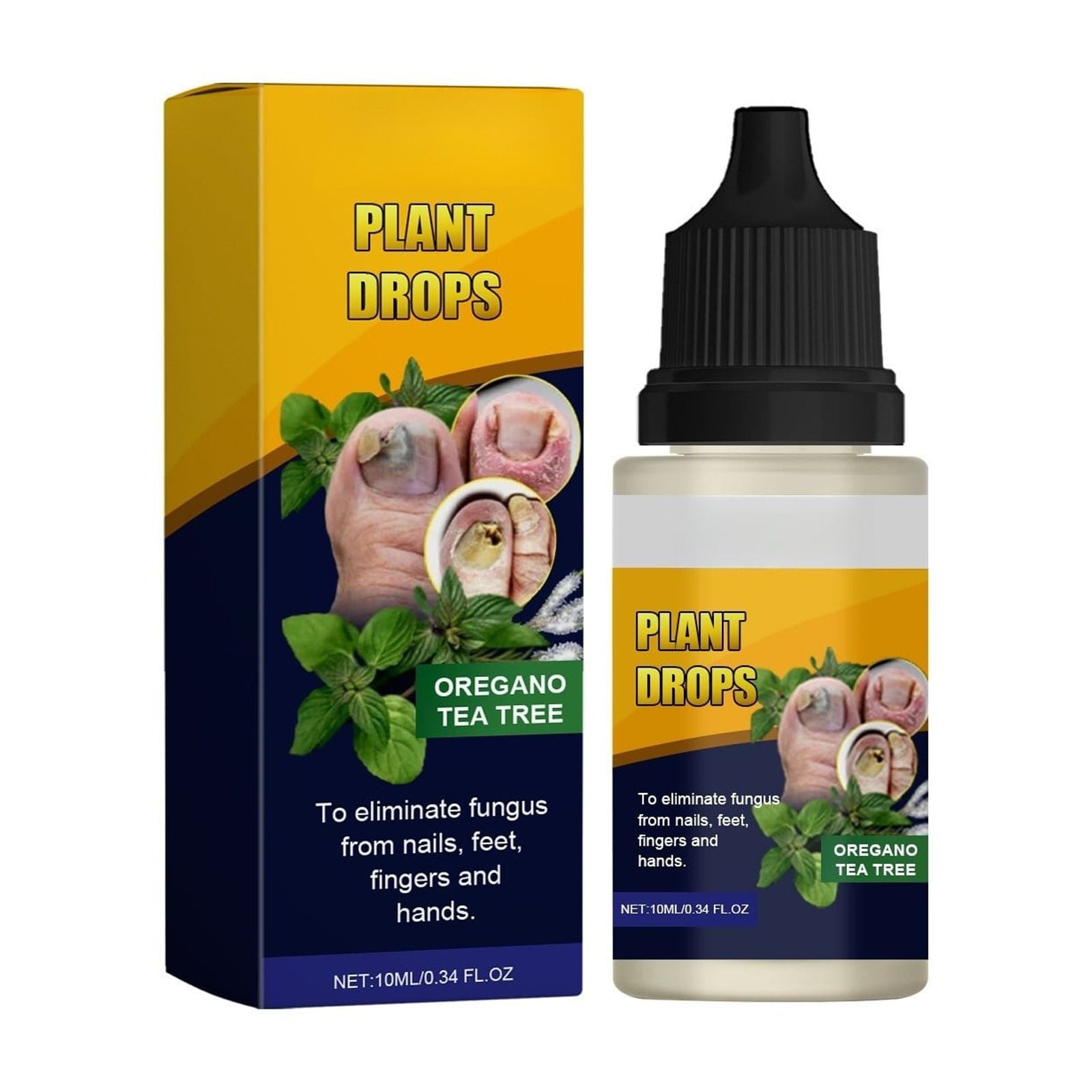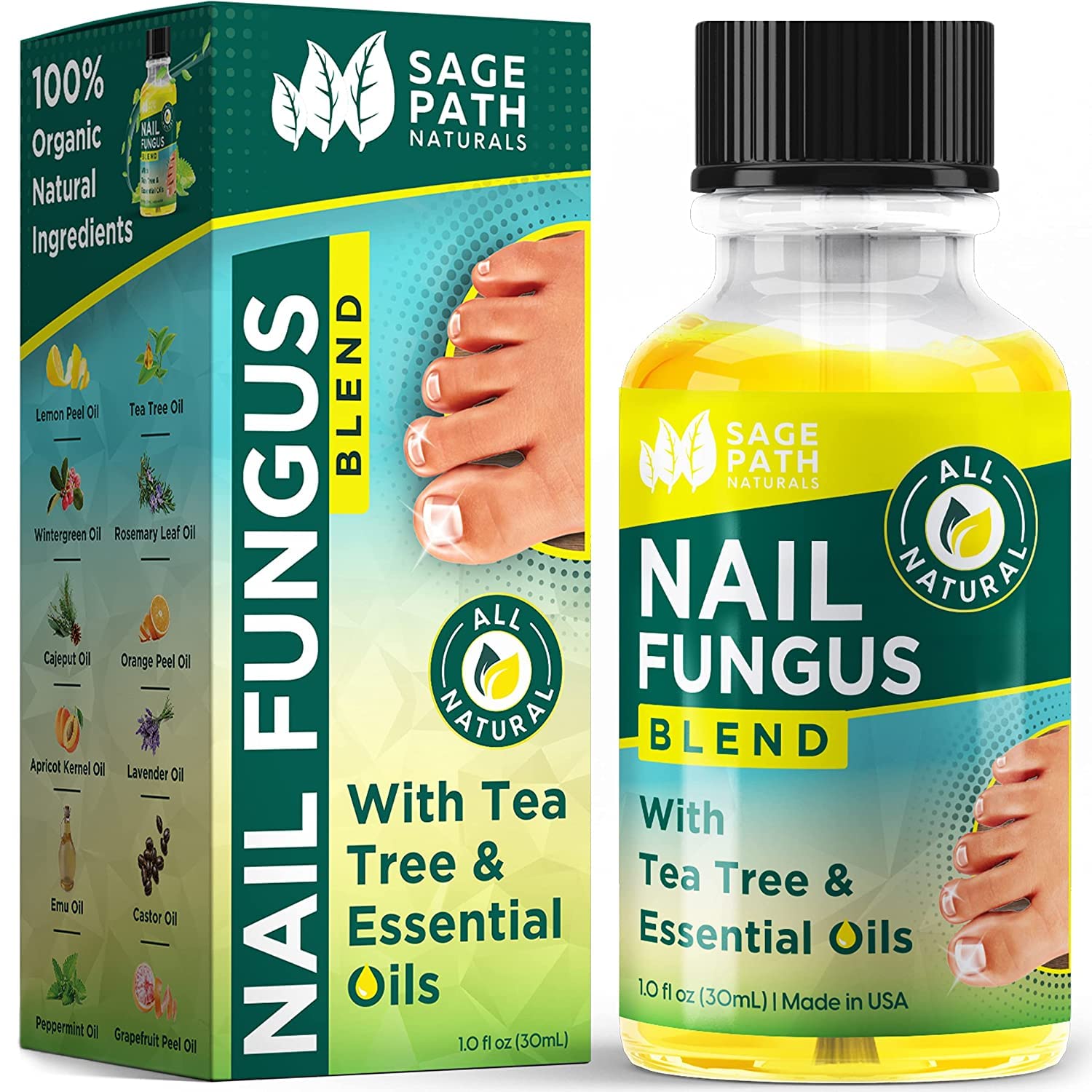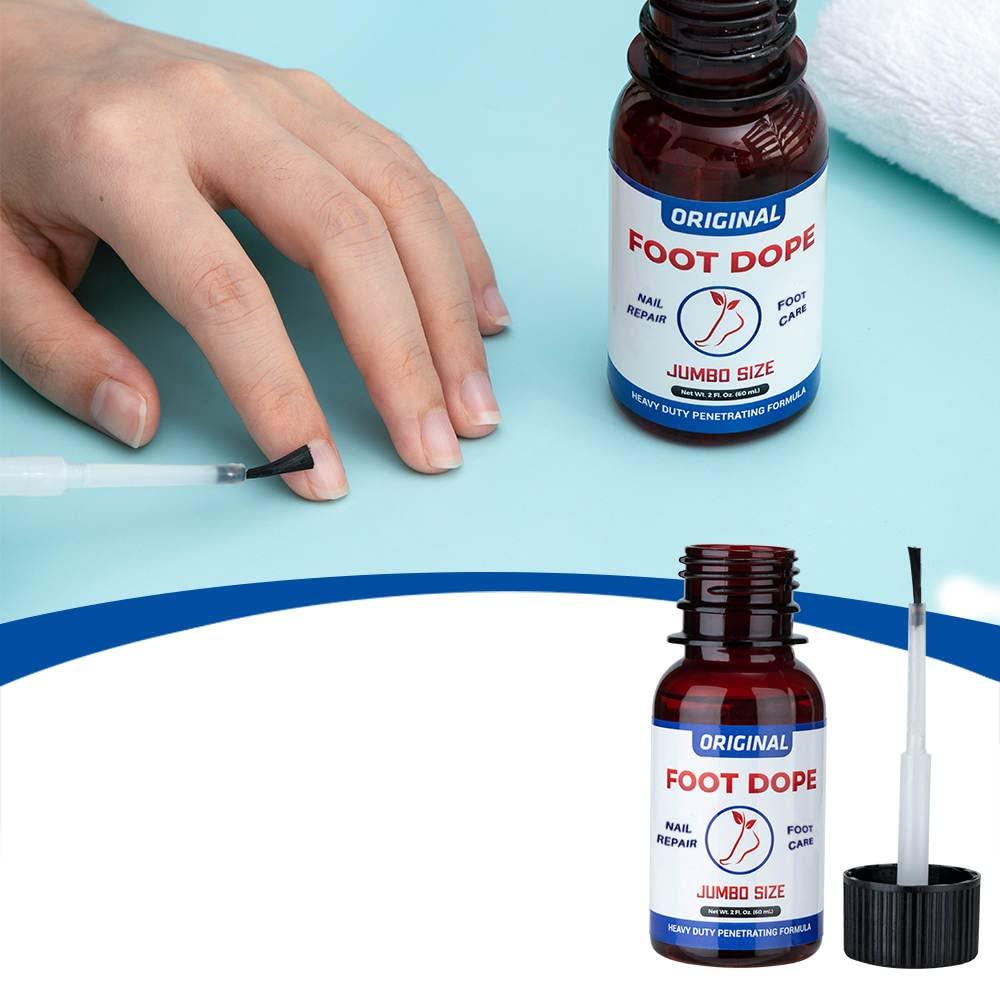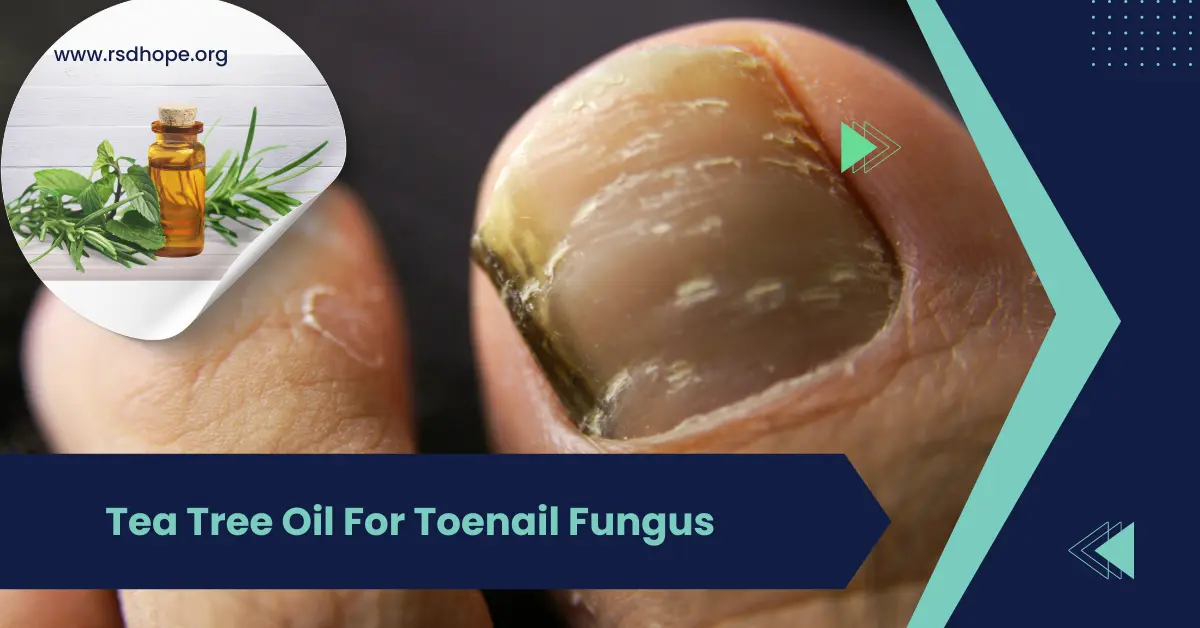Oregano And Tea Tree Oil For Toenail Fungus

Toenail fungus, a persistent and often unsightly condition, affects millions worldwide. While conventional treatments exist, a growing number of individuals are turning to natural remedies like oregano and tea tree oil. But how effective are these natural alternatives, and what does the science say?
This article will delve into the research and expert opinions surrounding the use of oregano and tea tree oil for treating toenail fungus, providing readers with a comprehensive overview of their potential benefits and limitations.
Understanding Toenail Fungus
Toenail fungus, or onychomycosis, is an infection caused by fungi that thrive in warm, moist environments. These fungi can enter the nail through small cracks or cuts in the surrounding skin.
Symptoms include thickened, discolored, brittle, or distorted nails. Left untreated, it can cause pain, discomfort, and even spread to other nails or skin.
Oregano Oil: A Potent Antifungal?
Oregano oil is derived from the oregano plant (Origanum vulgare) and contains compounds like carvacrol and thymol. These compounds are known for their antifungal and antibacterial properties.
Some studies suggest that carvacrol can disrupt the fungal cell membrane, leading to cell death. This has led to interest in oregano oil as a potential treatment for various fungal infections, including toenail fungus.
While research is limited, some in vitro studies have shown oregano oil to be effective against common fungi that cause toenail infections, such as Trichophyton rubrum. However, in vitro results do not always translate to the same effects in a living organism.
How to Use Oregano Oil for Toenail Fungus
If considering oregano oil, it's crucial to use it correctly. Due to its potency, oregano oil must be diluted with a carrier oil, such as olive or coconut oil, to avoid skin irritation.
A typical dilution is one drop of oregano oil to several drops of carrier oil. This mixture can be applied directly to the affected toenail using a cotton swab.
It's recommended to apply the diluted oil one to two times daily, ensuring the nail is clean and dry beforehand. Consistency is key for any potential benefits.
Tea Tree Oil: A Time-Tested Remedy
Tea tree oil, derived from the leaves of the Melaleuca alternifolia tree native to Australia, is another popular natural remedy. It has been used for centuries for its antiseptic, antifungal, and anti-inflammatory properties.
The primary active component in tea tree oil is terpinen-4-ol, which is believed to be responsible for its antifungal effects. Terpinen-4-ol is thought to damage the fungal cell membrane, inhibiting its growth.
A study published in the Journal of Family Practice compared tea tree oil to clotrimazole, a common antifungal medication. The study found that tea tree oil was as effective as clotrimazole in improving the appearance of toenail fungus.
Using Tea Tree Oil Safely and Effectively
Like oregano oil, tea tree oil should also be diluted before application. Although generally considered less irritating than oregano oil, it can still cause skin reactions in some individuals.
A common dilution is one part tea tree oil to one part carrier oil. Apply the diluted mixture to the affected nail two times daily.
Allow the oil to absorb completely before putting on socks or shoes. Regular and consistent application is essential.
Potential Risks and Considerations
While oregano and tea tree oil are generally considered safe for topical use, potential side effects include skin irritation, redness, burning, or itching.
It's crucial to perform a patch test on a small area of skin before applying either oil extensively. This will help determine if you have any sensitivities or allergic reactions.
Furthermore, it's important to note that natural remedies may not be as potent or fast-acting as conventional antifungal medications. Complete eradication of toenail fungus can take several months, regardless of the treatment method.
Individuals with underlying health conditions, pregnant women, and nursing mothers should consult with a healthcare professional before using oregano or tea tree oil.
When to Seek Professional Medical Advice
If the infection is severe, causing significant pain or affecting multiple nails, it's crucial to seek professional medical advice. A doctor can diagnose the specific type of fungus and recommend appropriate treatment options.
Conventional treatments, such as oral antifungal medications or topical antifungal creams, may be necessary for more severe cases. In some cases, nail removal may be required.
Natural remedies may be a helpful adjunct to conventional treatment, but they should not be considered a replacement for professional medical care when necessary.
The Verdict: Natural Remedies Show Promise, But More Research is Needed
Oregano and tea tree oil show promise as potential natural remedies for toenail fungus. However, more rigorous clinical trials are needed to confirm their effectiveness and determine the optimal dosage and application methods.
While many individuals have reported positive results, it's essential to approach these remedies with realistic expectations and be aware of the potential risks and limitations. Always consult with a healthcare professional before starting any new treatment, especially if you have underlying health conditions.
The information provided in this article is for informational purposes only and should not be considered medical advice.


